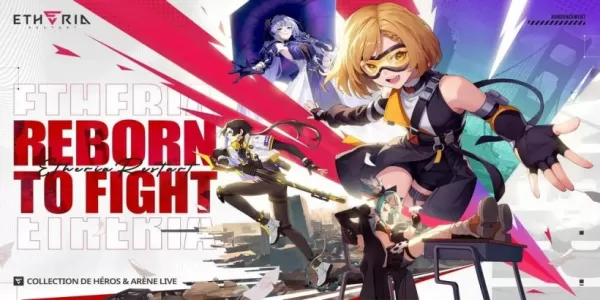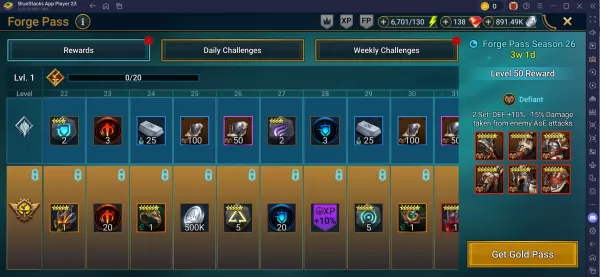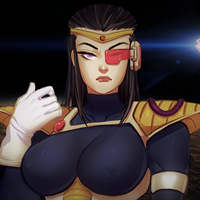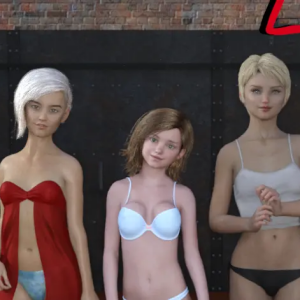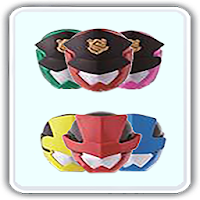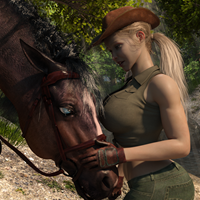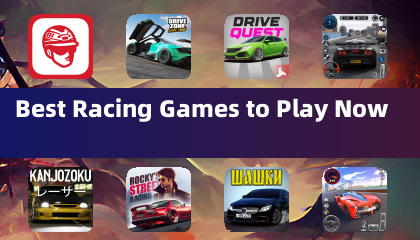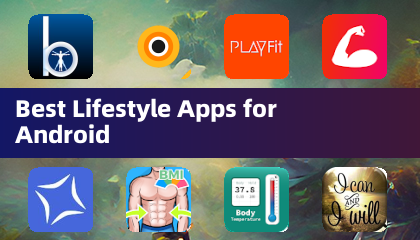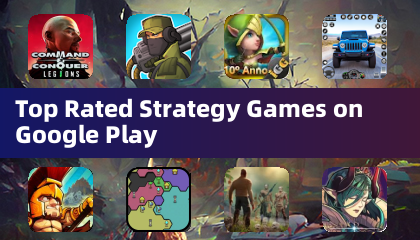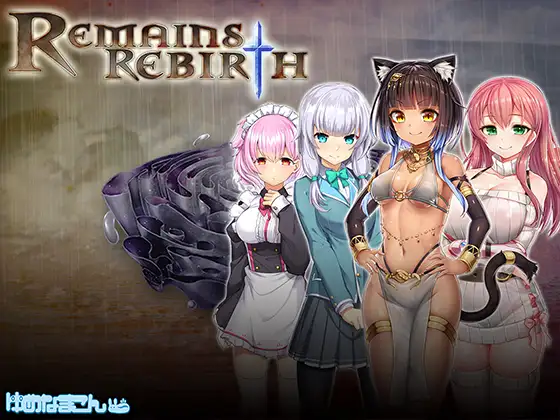After months filled with speculation, rumors, and leaks, Nintendo has officially unveiled the Switch 2 through its own Direct presentation. This event not only showcased new titles like Mario Kart World, Donkey Kong Bonanza, and exclusive Nintendo GameCube games for Switch 2 Online, but it also provided a detailed look at the console itself. From an accessibility standpoint, I'm thrilled to share that the Switch 2 is a significant upgrade over its predecessor in nearly every aspect.
Several months ago, I explored my accessibility predictions for Nintendo's latest console. My hopes included more robust accessibility options, enhanced Joy-Con functionality, and innovative inclusive design practices. To my delight, Nintendo not only met these expectations but exceeded them with additional features. Let's dive into the exciting and *confirmed* accessibility enhancements of the Switch 2 in this Access Designed review.
New Accessibility Settings
The Direct didn't reveal many tangible accessibility options, except for fully customizable controls for each virtual GameCube game, which align with the system settings. However, Nintendo released an accessibility page that outlines a range of returning and new features.Fully customizable controls make a return, functioning just as they did on the original Switch. The ability to adjust text size to three different variants is back, now with the added options of High Contrast and customizable display colors. The Zoom functionality, crucial for blind and low vision players, also returns. But the most exciting addition is the new "Screen Reader" setting.
Blind and low vision individuals often rely on Text-to-Speech to navigate menus and settings. While the Screen Reader is currently limited to the HOME menu and system settings, it's a vital tool that empowers disabled players to navigate the Switch 2 independently. The feature includes options for different voices, reading speeds, and volume levels. Although we're still unsure if individual games will support these tools or offer their own accessibility features, Nintendo's recognition of its disabled audience is a promising sign and sparks my curiosity about the future of accessibility at the company.
Innovative Design
While not part of a specific menu, Nintendo introduced a new inclusive tool within the renamed Nintendo Switch App, called Zelda Notes, a companion app for Breath of the Wild and Tears of the Kingdom. The Navigation feature in the app allows players to locate shops, points of interest, and even the elusive Koroks using a GPS-like interface. The app provides audio cues and voices to guide players to their chosen destinations. Although it doesn't assist with precise navigation or enemy encounters, it significantly aids blind and low vision players in exploring the overworld and reduces cognitive overload when traversing vast landscapes.For cognitive, blind/low vision, and physically disabled players, the app's Autobuild Sharing tool is a game-changer. It enables players to share their custom Zonai tech creations. By scanning a QR code, disabled individuals can automatically construct a Zonai machine if they have the necessary materials. This feature alleviates the challenges I faced with the control layout and button requirements for building Zonai machinery in Tears of the Kingdom. Now, I only need to focus on gathering materials, not the construction process itself. This is a testament to Nintendo's commitment to inclusive design, which I've consistently praised in the past.
Additionally, the Item Sharing feature, similar to Autobuild Sharing, allows disabled players to share items with each other. By scanning a QR code, I can instantly access items sent by friends, reducing the physical strain of constantly searching the world for weapons and food. While this doesn't make Breath of the Wild and Tears of the Kingdom fully accessible, it's a significant step forward.
Wheelchair Sports
The most surprising announcement was Drag X Drive, a Rocket League-inspired game where players control characters in manual wheelchairs on a basketball court. This not only showcases excellent disability representation but also highlights one of the Switch 2's new hardware features—mouse control.By turning the Joy-Con on its side, players can move the controller across any surface, mimicking a computer mouse. While we don't yet know the required force to move the cursor (for comparison, my mouse on an ultrawide monitor has a DPI of 6400), this new method of play promises accessibility benefits for a wide range of disabled players. It's exciting to envision how Nintendo will further utilize this feature, but more importantly, it's another tool for disabled individuals. Combined with the variety of controller types already available on the Switch and Switch 2, Nintendo continues to innovate in controller usage.
As a dedicated Nintendo fan, I'm incredibly excited about the Switch 2. Although I'm hesitant to spend upwards of $450 on the system, my love for gaming started with Nintendo. Each new system brings exciting accessibility enhancements that underscore Nintendo's commitment to accessibility and inclusive design. While we still don't have a first-party accessible device like the Xbox Adaptive Controller or PlayStation Access Controller, Nintendo is innovating in its own way to provide new ways for disabled individuals to play. Coupled with the recent announcement of Nintendo joining other developers to create standardized accessibility tags, I believe we'll see Nintendo continue to elevate accessibility standards for the better.

